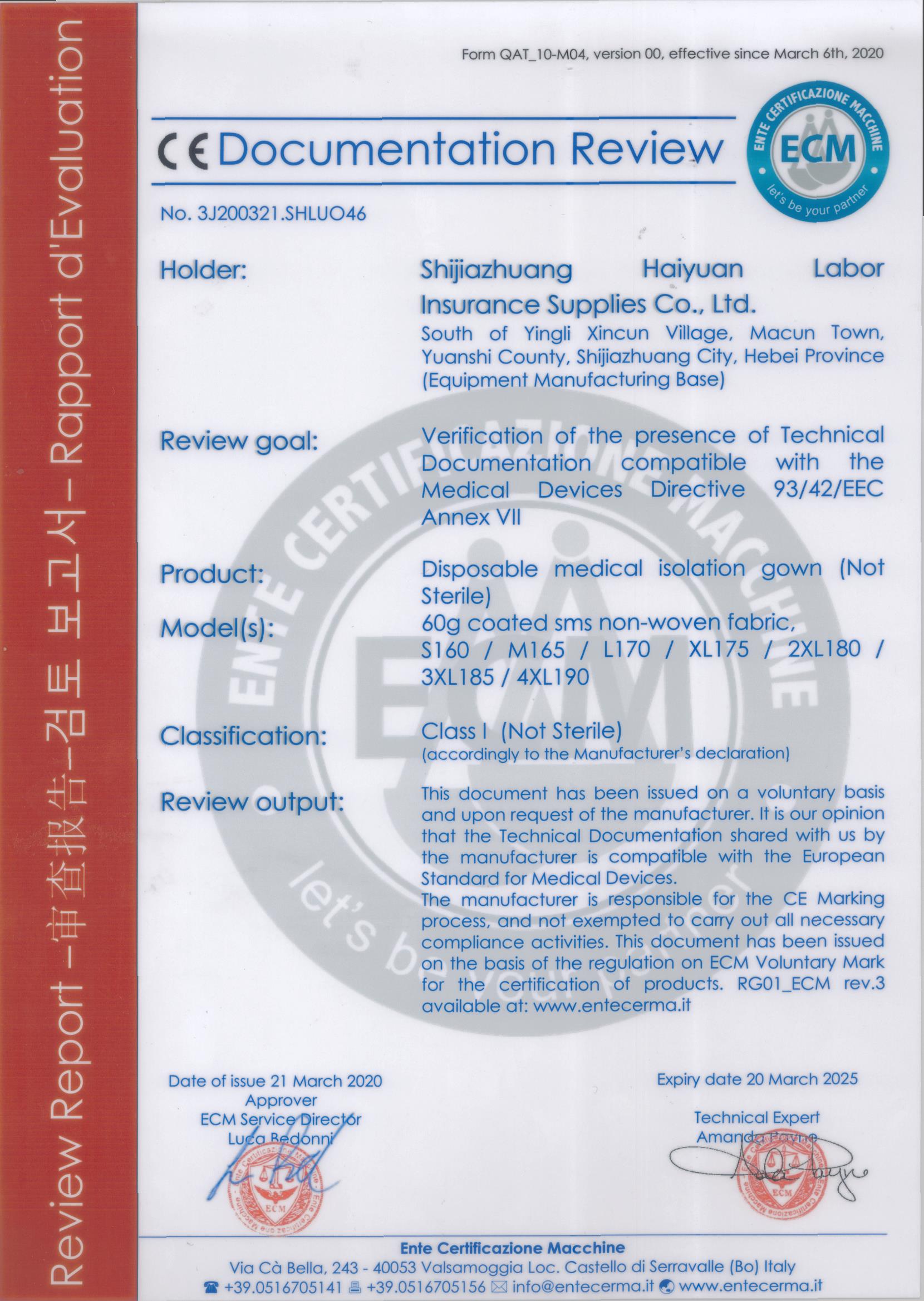The CE mark is a crucial certification for products sold in the European Economic Area (EEA).
CE stands for “Conformité Européenne,” which is French for “European Conformity.”
What It Means in Practice
The CE mark is a manufacturer’s declaration that a product complies with the essential health, safety, and environmental protection requirements of the relevant European Union (EU) legislation. It is essentially a “passport” for a product to be sold freely within the 27 EU member countries and the EEA (Iceland, Liechtenstein, and Norway).
Think of it as the EU’s equivalent to a combination of various U.S. standards like ANSI, OSHA, and FCC, but with a single, visible mark.

Key Purposes of the CE Mark
-
Indicates Safety: It shows the product meets high safety standards for its users and the environment.
-
Ensures Free Movement: It allows the product to be legally placed on the market and move freely within the entire EEA.
-
Builds Trust: It provides confidence to consumers, distributors, and authorities that the product is compliant.
How It Relates to PPE and Workwear
For products like Personal Protective Equipment (PPE), the CE mark is mandatory and legally required.
The specific EU regulation governing PPE is the PPE Regulation (EU) 2016/425. This regulation classifies PPE into three categories based on the level of risk:
-
Category I: Simple PPE (for minimal risk) – e.g., sunglasses, gardening gloves.
-
Manufacturer self-declares conformity.
-
-
Category II: Intermediate PPE (for risks not covered in I or III) – e.g., safety glasses, most industrial gloves.
-
Requires testing and certification by a “Notified Body.”
-
-
Category III: Complex PPE (for risks that may cause death, irreversible health damage, or complex risks) – e.g., FR (Flame-Resistant) clothing, respirators, fall arrest equipment, life jackets.
-
Requires certification by a Notified Body AND an ongoing quality assurance system.
-
Therefore, a flame-resistant coverall sold in the EU must have a CE mark, indicating it complies with the essential health and safety requirements of Regulation (EU) 2016/425.
The mark will be accompanied by a four-digit number identifying the Notified Body that oversaw the certification (e.g., CE 0123).
Important Distinctions: CE Mark vs. Other Marks
-
CE vs. ANSI: ANSI is a voluntary standard in the U.S. The CE mark is a legal requirement for market access in the EEA. A product can be designed to meet an ANSI standard, but to be sold in Europe, it must undergo the process to earn the CE mark.
-
CE vs. UKCA: Since Brexit, Great Britain (England, Scotland, Wales) now uses the UKCA (UK Conformity Assessed) mark for most goods that previously required the CE mark. The CE mark is still used in Northern Ireland under a different agreement.
Summary
| Feature | CE Mark |
|---|---|
| Full Name | Conformité Européenne (European Conformity) |
| What it is | A manufacturer’s declaration of conformity with EU law. |
| Where it’s Required | The European Economic Area (EEA). |
| Key Purpose | To ensure product health, safety, and environmental protection. |
| Legal Status | Mandatory for all products covered by relevant EU directives. |
| For PPE | Governed by Regulation (EU) 2016/425. It is illegal to sell PPE in the EU without it. |
In essence, if you are sourcing or selling safety equipment, workwear, or any other regulated product in Europe, the CE mark is non-negotiable. It is the primary symbol of compliance and safety for the European market.





